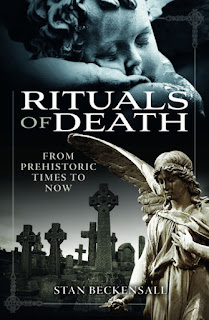Ann Walker - The Life and Death of Gentleman Jack’s Wife written by Rebecca Batley and published by Pen & Sword Books - £20 - Hardback - Pages 240
Lesbian. Lover. Lunatic.
These are just some of the words usually used to describe Ann Walker, the often
overlooked wife of Anne Lister, better known by some as Gentleman Jack. Ann was
one half of England’s first same-sex marriage and yet the rainbow plaque that marks
their historic union on the wall of the Holy Trinity Church, York, features Ann’s name
in a font only half the size of her wife’s. Her story has been long forgotten.
Born into wealth and privilege Ann was one of the most eligible heiresses in 19th century Yorkshire and the question on everyone’s lips in 1830’s Halifax was why a respectable young heiress, with property, fortune and connection risked everything, even her freedom, to become entangled with the notorious Gentleman Jack?
The answer to this question reveals a woman of immense courage, faith, and determination, but her voice has remained silent….until now. Within the depths of Ann’s diary - discovered by Diane Halford in 2020 - the answers to some of the above questions can be found, as can insight into Ann as an independent woman.
The life of Ann is worthy of its own narrative and it is time for Ann to step out of the shadow of Gentleman Jack and tell her own story.
This book was an excellent read that would accompany the original TV series well, although I think you get more from the book and it stands well on its own. The author has written a good book that has been well presented and written. The book reveals more about Ann Walker than the Tv series, although I only saw a couple of episodes, an excellent book about a seemingly inspiring person.











